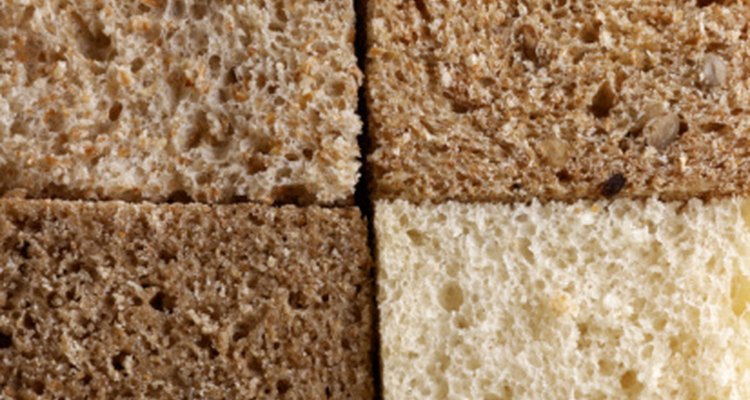
Mold grows on all types of food including bread, cheese and meat. While some types of mold on foods are harmless, many contain dangerous mycotoxins that can cause serious illness or allergic reactions if ingested. According to the U.S. Department of Agriculture, it is unknown just how many species of mold fungi exist.
Identification
Molds are caused by fungi that are spread by spores. Fungal spores are carried on the wind, by insects or through water to infect new materials. Molds can form on food, wood, carpet, tile, metal and plant tissue. Mold grows best in warm, damp and dark conditions. Many molds that grow on foods have fungal threads that grow through the food, which often contain bacteria.
Types
Most types of mold are formed from threadlike organisms. Some molds are safe to eat, such as the molds used to make cheese. While different types of mold can grow on all types of bread, some of the most common types of food-borne molds are Penicillium, Alternaria, Aspergillius, Botrytis, Mucor, Fusarium and Cladosporium. Molds can be slimy, fuzzy or velvety and are a variety of colors including green, white, black or gray.
Effects
Most molds that grow on bread may contain dangerous mycotoxins, which are most common in foods made with grains and nuts. However, mycotoxins have also been found in molds on grapes, apples and celery. Most molds that have dangerous mycotoxins have heavy mold growth, with fungal threads that run throughout the entire piece of bread.
Considerations
All molds must have moisture to grow and thrive. Some types of mold that grow on bread prefer warmer temperatures, while some can grow in the cool climate of your refrigerator. Molds can grow when food items contain salt and sugar, unlike many other forms of bacteria. Bread that contains high levels of yeast and sugar typically grow mold faster than breads with lower levels of these ingredients. If you see mold growing on your bread, discard it to avoid adverse health effects. Always place moldy items inside a sealed bag before placing it in the garbage can, to avoid accidental ingestion by pets or children.
Related Articles

What Conditions Make Mold Grow on Bread ...

Does Light Affect How Long Bread Will ...

A List of Foods Containing Microbes

Bugs That Get Into Pantry & Food
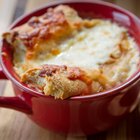
A Gluten-Free Diet and Torula Yeast

Indications of Refrigerated Cooked Meat ...
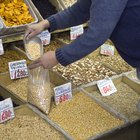
What Are the Dangers of Plastic Bags ...
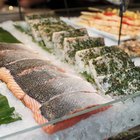
FDA Food Storage Temperature Guidelines

About Weevils

Do Bananas Ever Get Too Rotten to Cook?

Does Bread Expire?

Can I Deep-Fry the Food the Night ...

How to Prevent Fabric Dry Rot

How to Use Smartware Cookware

How to Freeze Brioche

How Long Can a Bagel With Cream Cheese ...
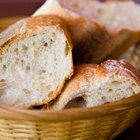
Will Freezing Kill Mold on Bread?
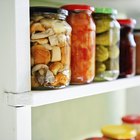
Are Pickled Vegetables Allowed on a Raw ...

How to Keep Sandwich Bread Fresh All ...

The Disadvantages of Vermicompost
Writer Bio
Tracy Hodge has been a professional writer since 2007. She currently writes content for various websites, specializing in health and fitness. Hodge also does ghostwriting projects for books, as well as poetry pieces. She has studied nutrition extensively, especially bodybuilding diets and nutritional supplements.
Photo Credits
Polka Dot Images/Polka Dot/Getty Images